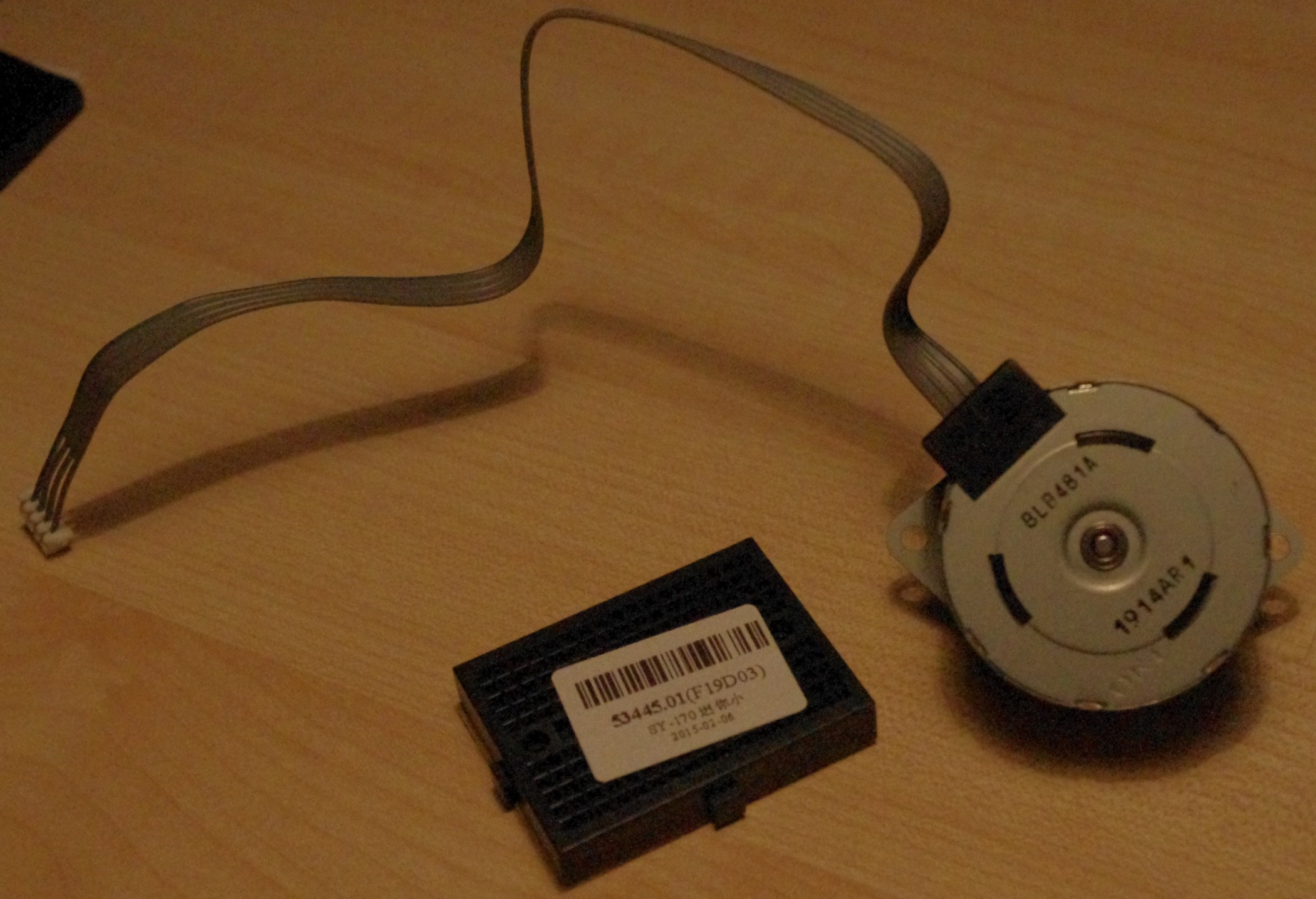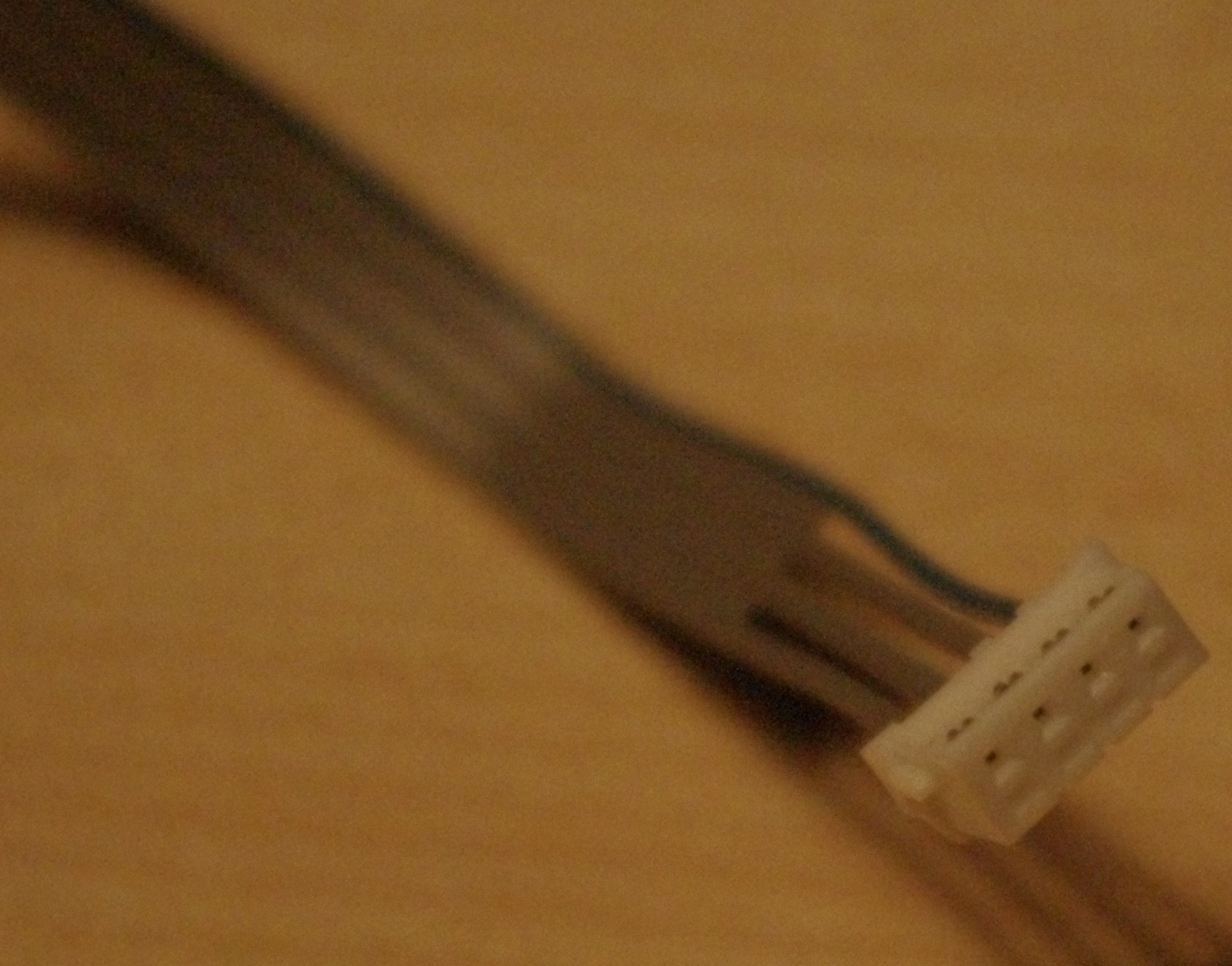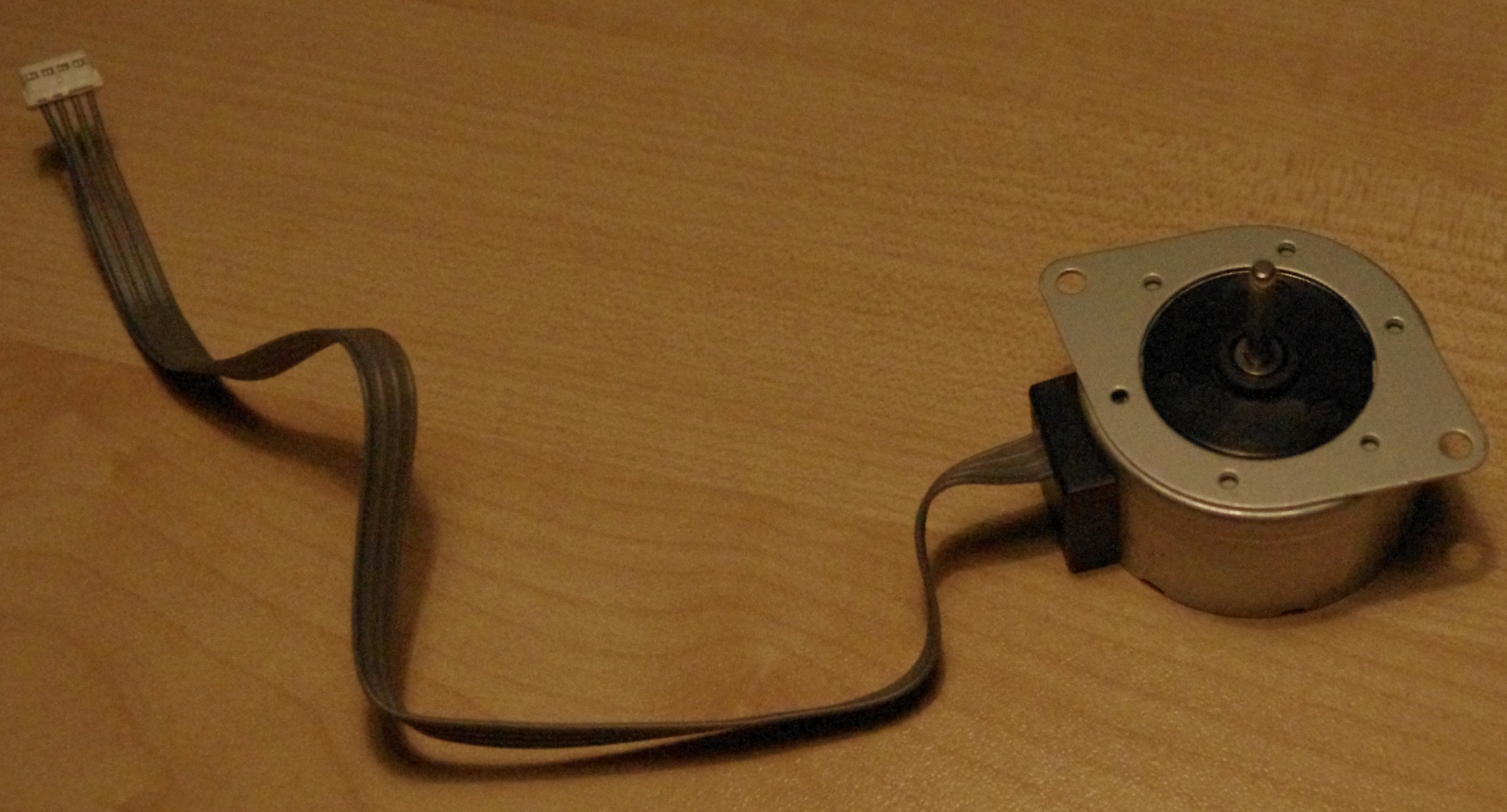It seems first of the packets I ordered on 5th Feb for assessing the viability of what I have in mind electronics wise have started arriving. Some of these items arriving I can use also for the machine. Not the stepper motor on the picture though, that one is purely for testing the electronics and my ability to drive it with the components I want to. The stepper motor on the picture is the cheapest Nema 17 motor on ebay. Rated at 5V and 0.5A, 7.5 degree per full step - everything else unknown about it. There is still a number of items to arrive before I can start testing and the first packets made it faster than I expected. Hopefully the rest will arrive soon as well.
| PCI Parallel Port printer print Cable db25 DB-25 Female Expansion Card bracket |
| DC 5V CNC Nema17 Round Stepper Motor 0.5A 2-phase 4-wire 7.5 Degree |
| Breakout Board Interface Adapter For Stepper Motor + USB DB25 Cable 5 Axis CNC |
| 65PCS Male to Male Solderless Flexible Breadboard Jumper Cable Wires Arduino MF |
| Mini Nickel Plating Breadboard 170 Tie-points for Arduino Shield Black |
| F10199 20 PCS 1P-1P Male to Female Solderless Flexible Breadboard Cable Wire |
| DRV8825 stepper motor driver |
Is the stuff I have ordered for initial testing purposes. Two bold lines are the ones that arrived today. For power supply during testing I plan to use either separate jumper-wired PC PSU or draw 12V from a MOLEX on the machine doing the driving during the tests. That reminds me that I should install linuxcnc on the test PC soon.

The shaft diameter on that engine is only 2.8 mm so it probably does not have any torque. Who knows perhaps I will find it some use in the final machine (focusing microscope remotely?, rising and lowering laser?, perhaps). The real engines I'm planning to use have 5 mm shaft and claim to have 0.4 N.m of torque, but they are a set of 5 from aliexpress and I want to make sure first that what I have in mind driving setup wise can work in practice as these would be quite significant part of my intended budget. So I want to be able to test them as they arrive to make sure they all are functional on arrival.

The pin sockets on that connector are much thinner than I expected. Wonder if it can really take full 500 mA. Might be. By the look of it it might be somewhere in the ballpark of AWG 26 .. or even as low as AWG 30. The wires have solid core so they do have this going for them. with the insulation the diameter seems to be approx 1 mm. We'll see I guess - I'll probably have to drag the fire extinguisher next to my table when I start testing it ;)
Hopefully, if this works, the real engines end up using will have proper wiring on them.
 Kert
Kert
Discussions
Become a Hackaday.io Member
Create an account to leave a comment. Already have an account? Log In.